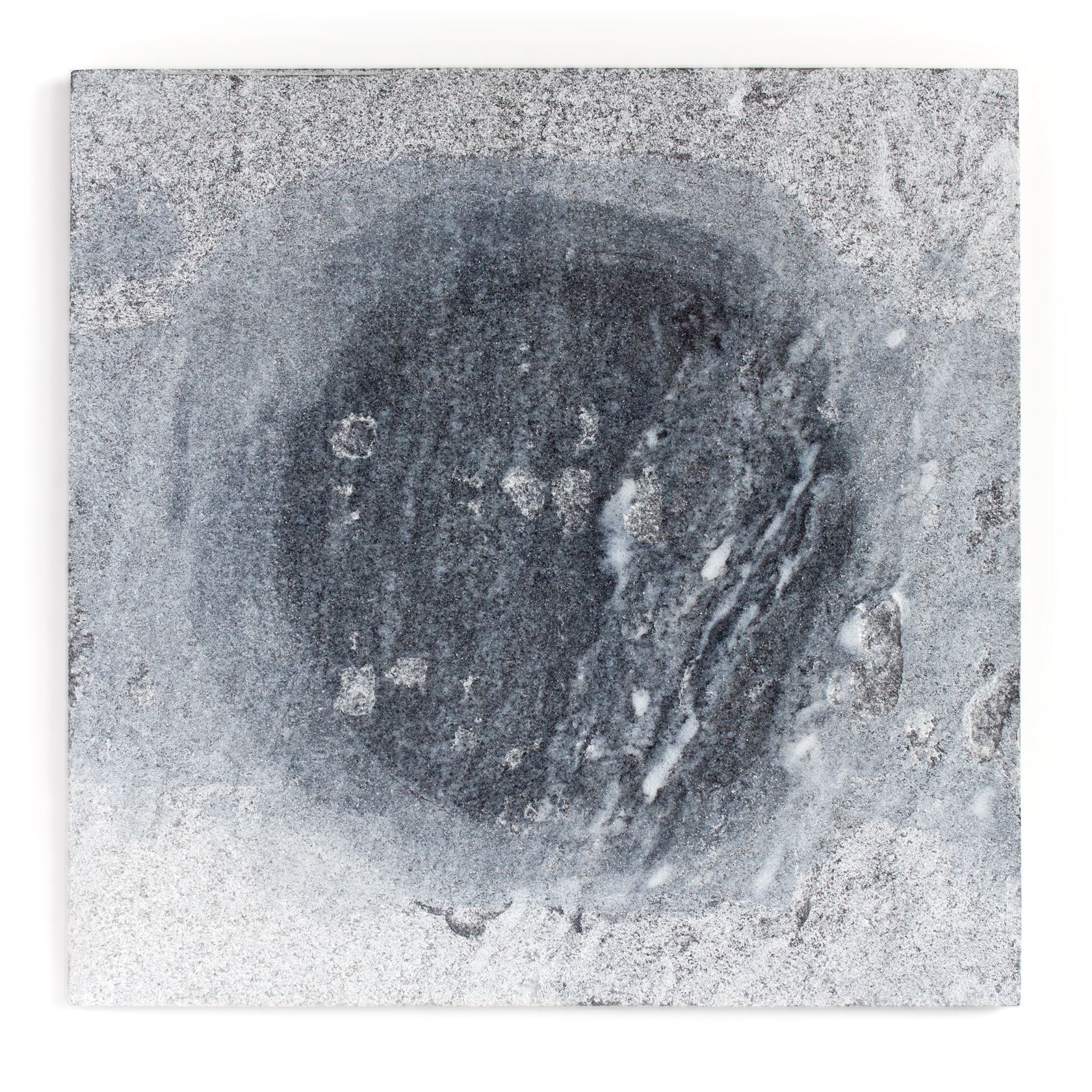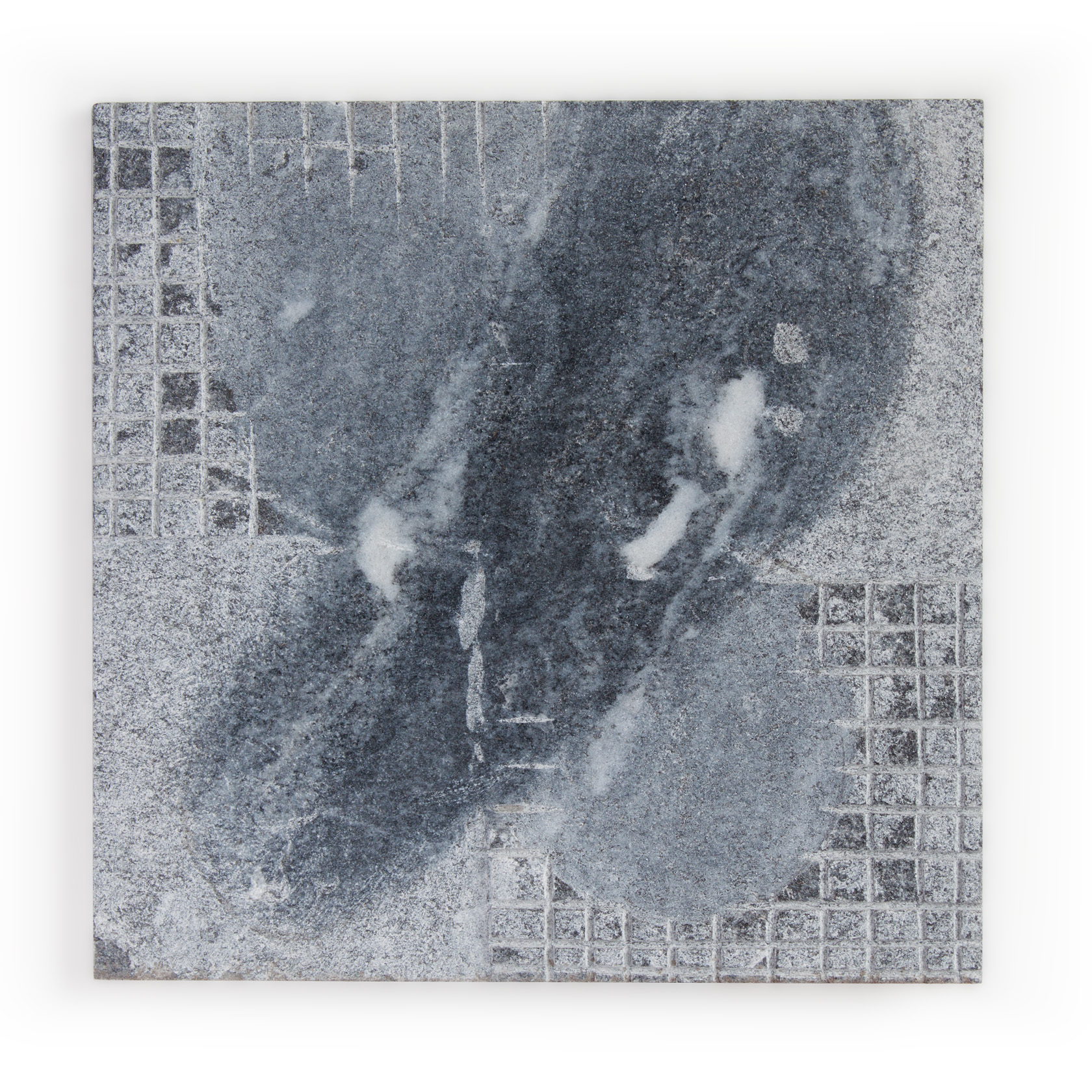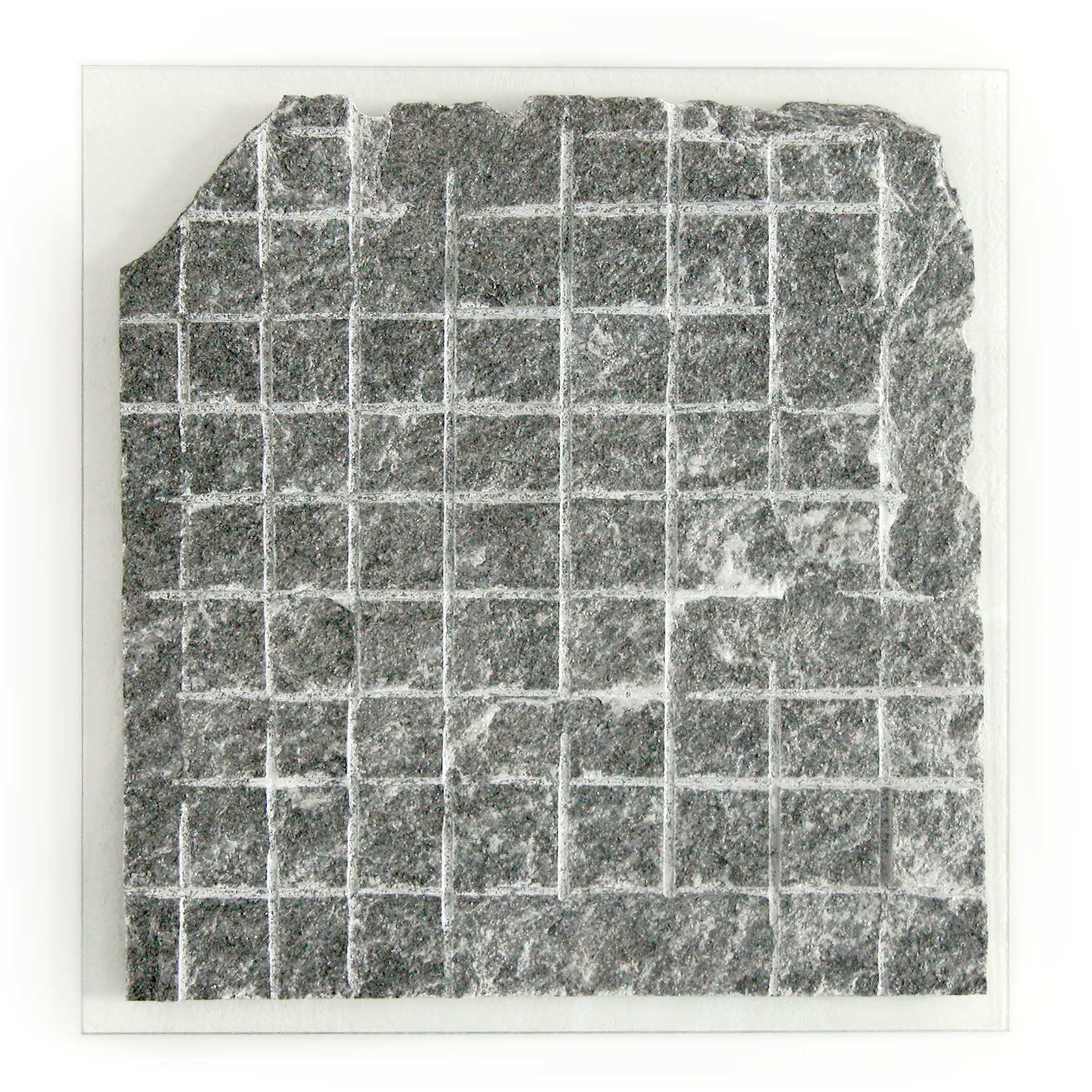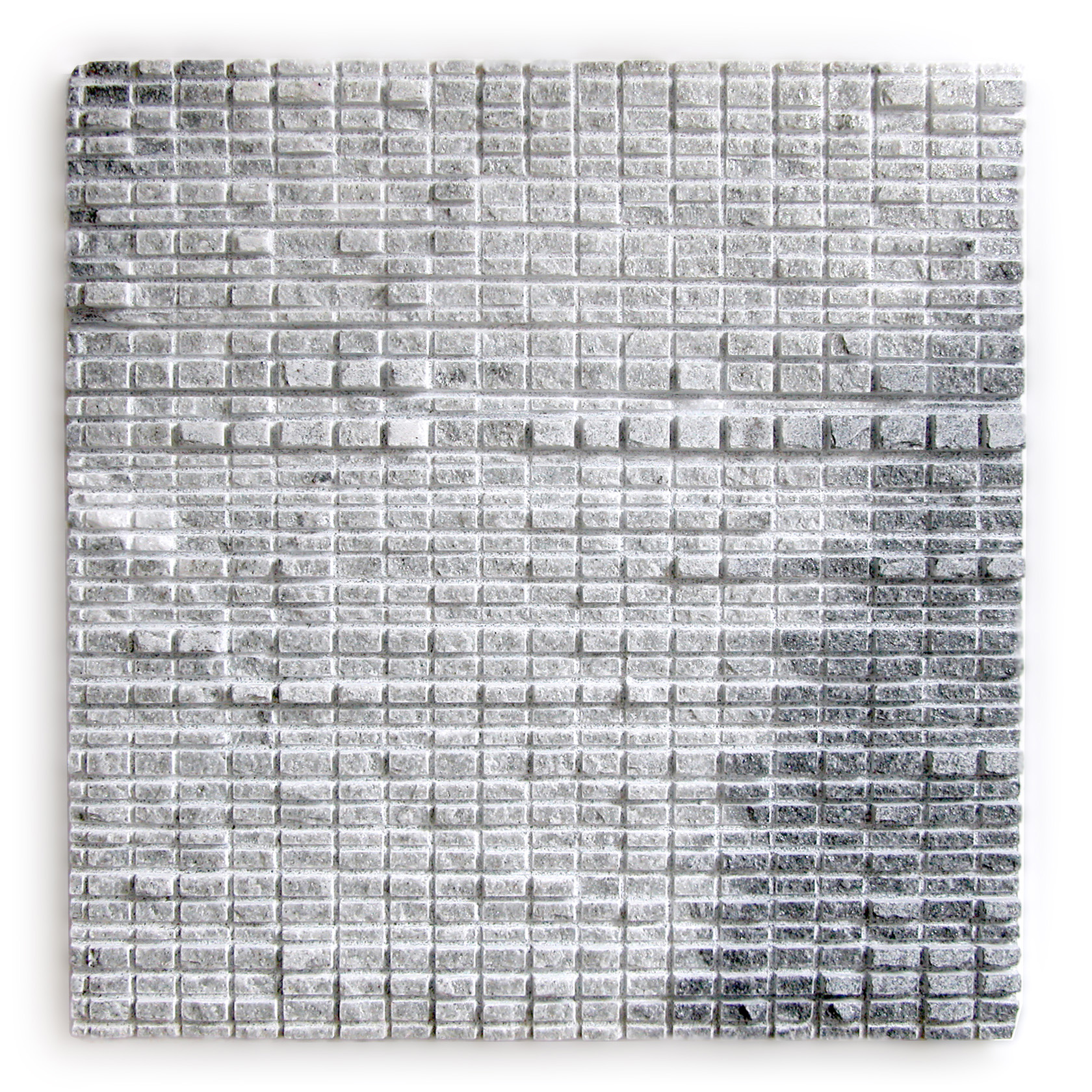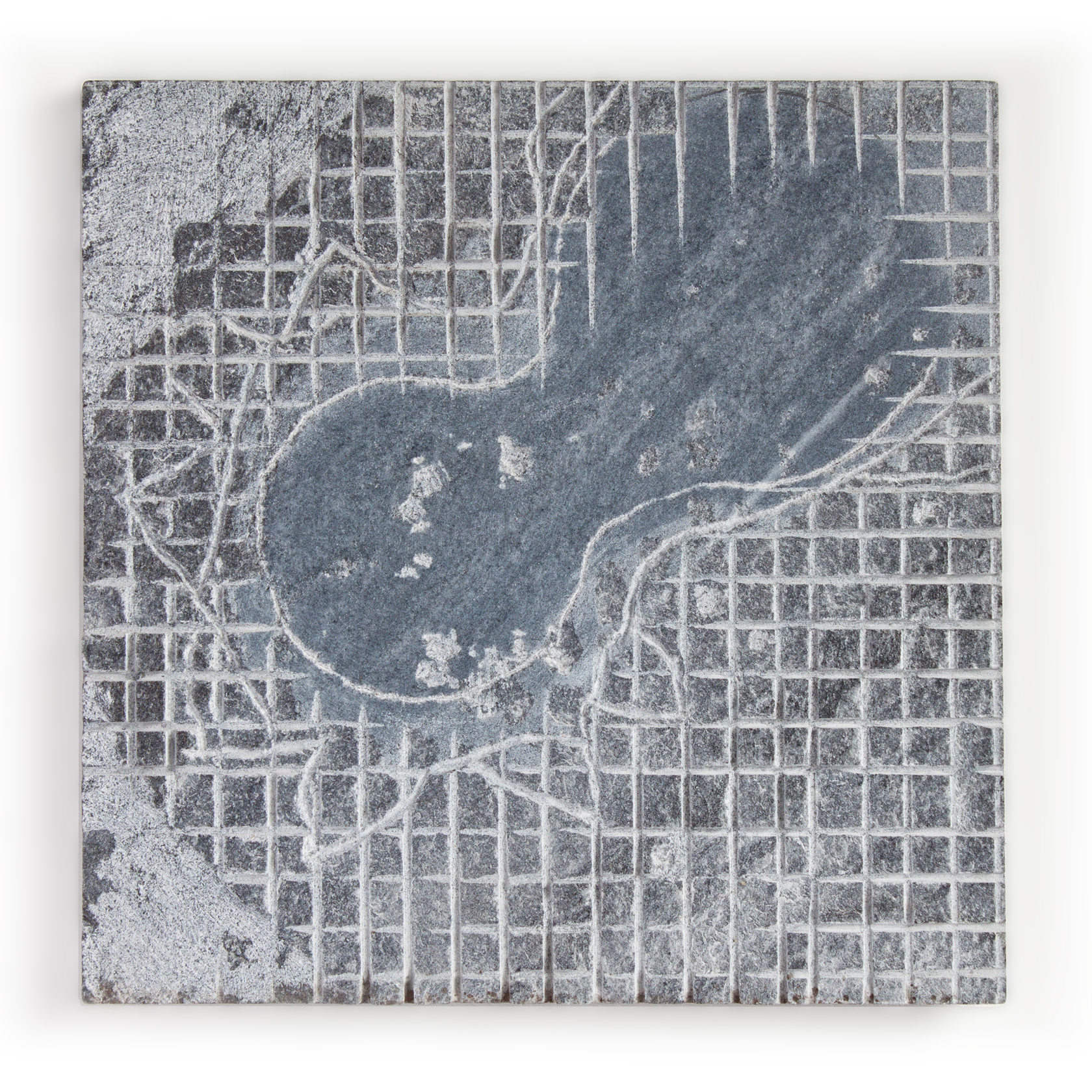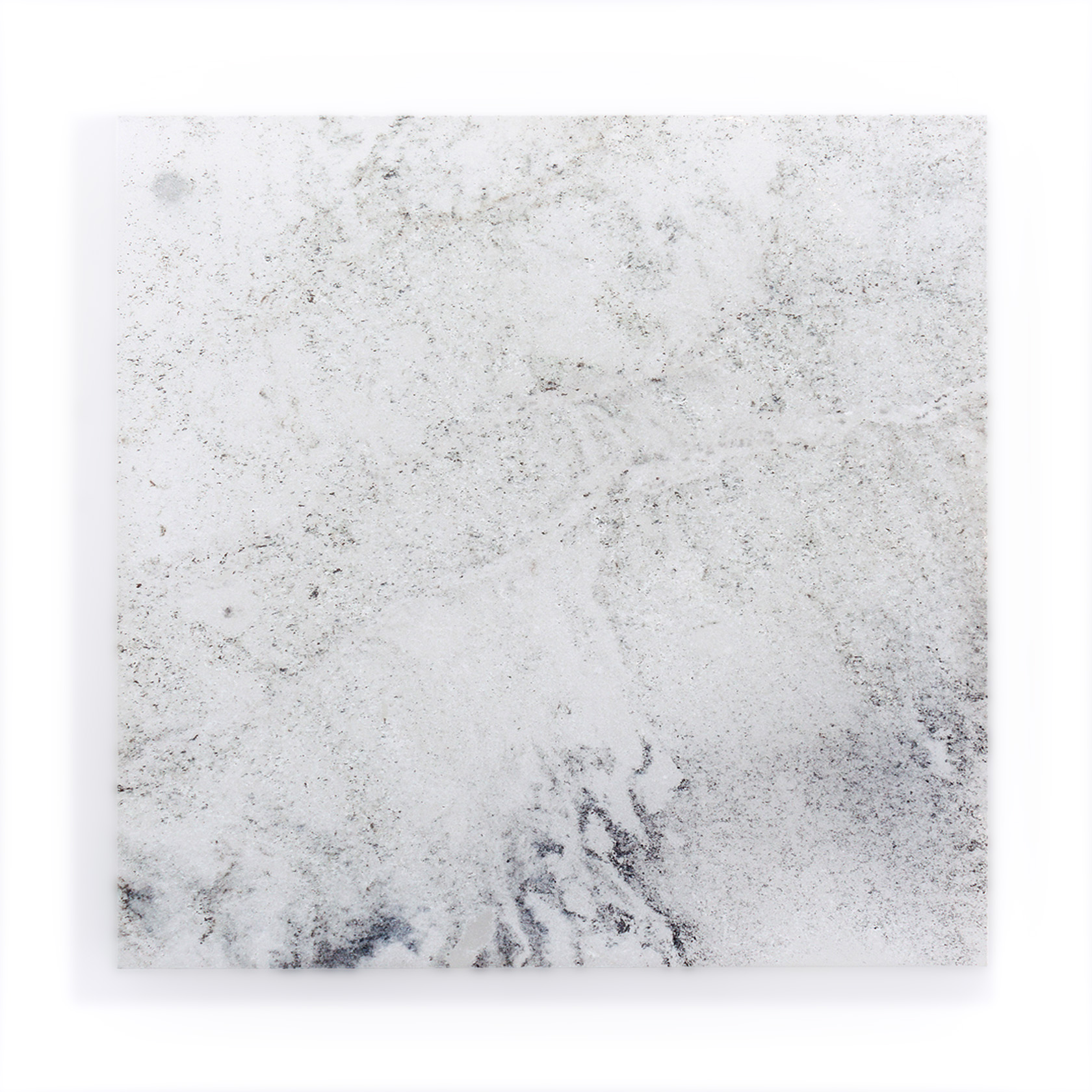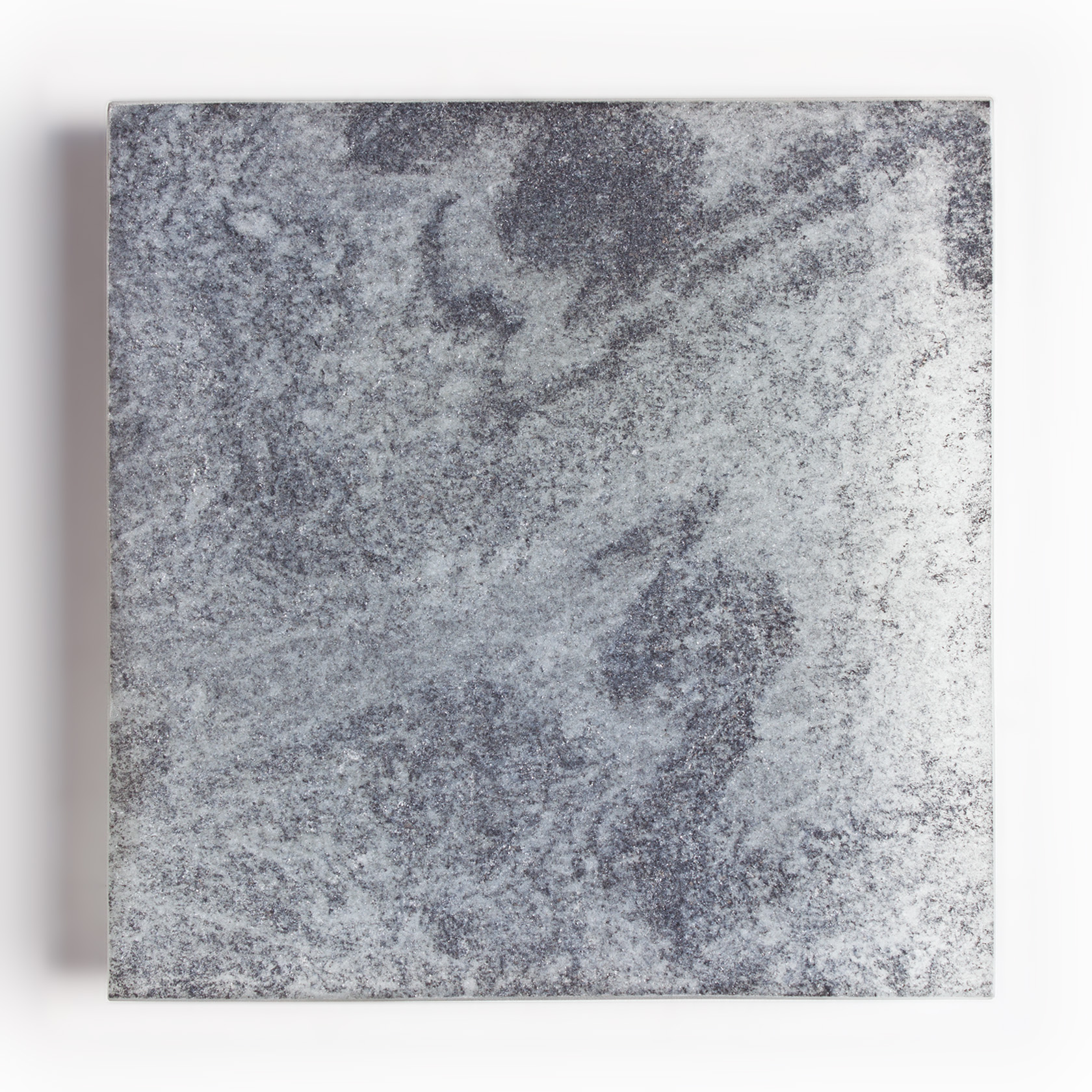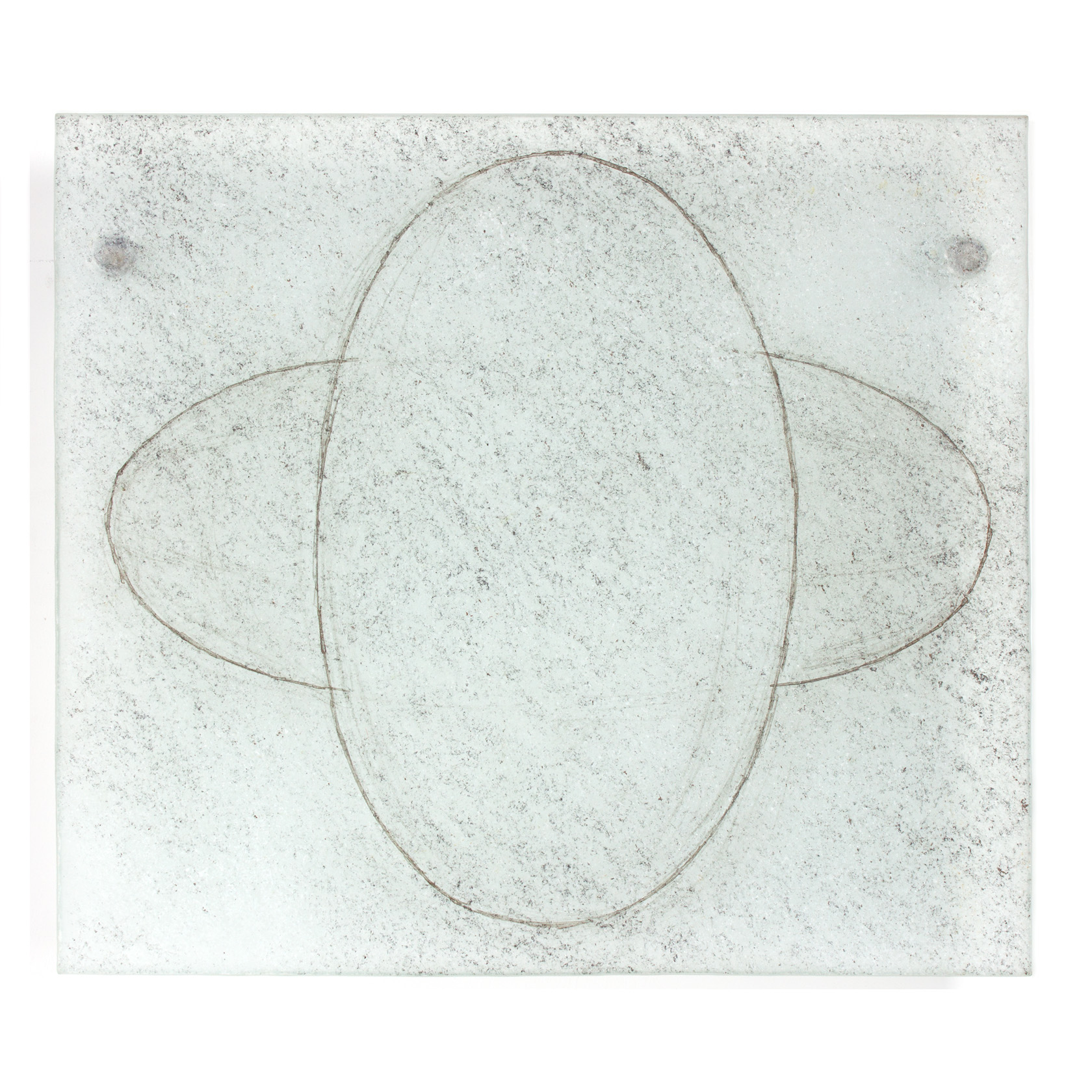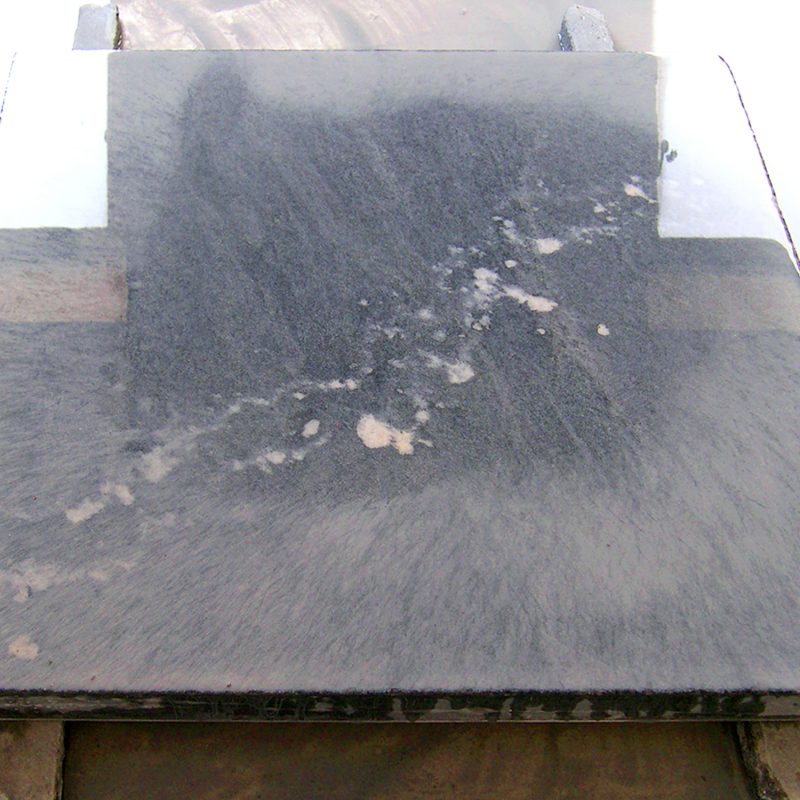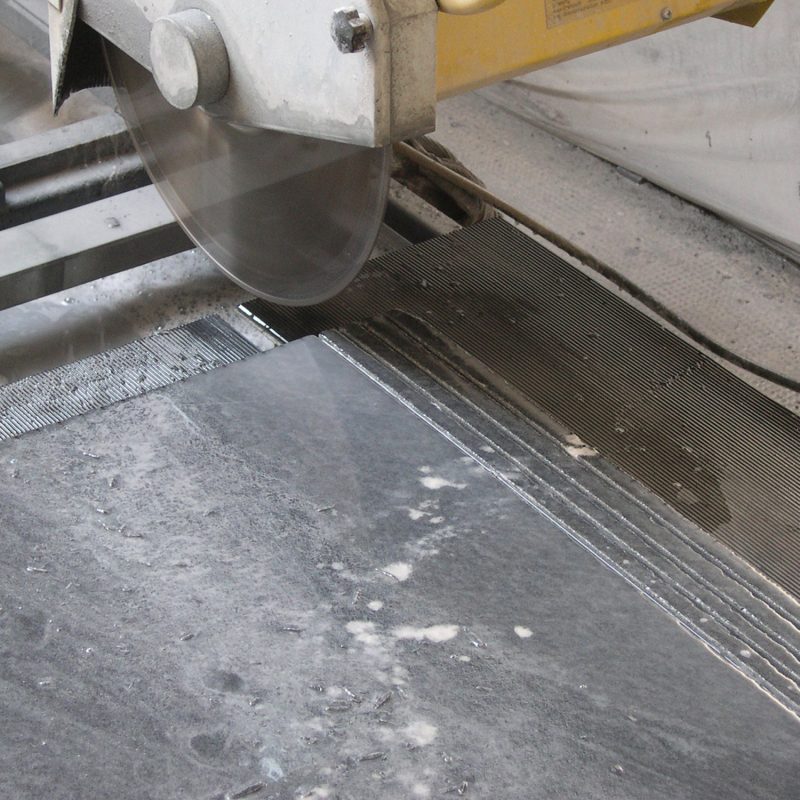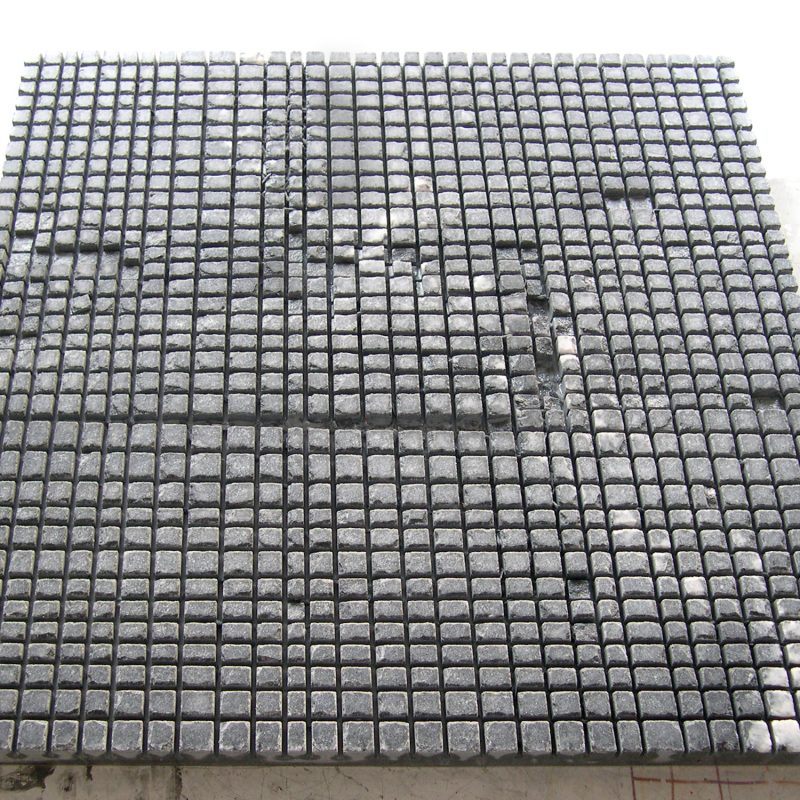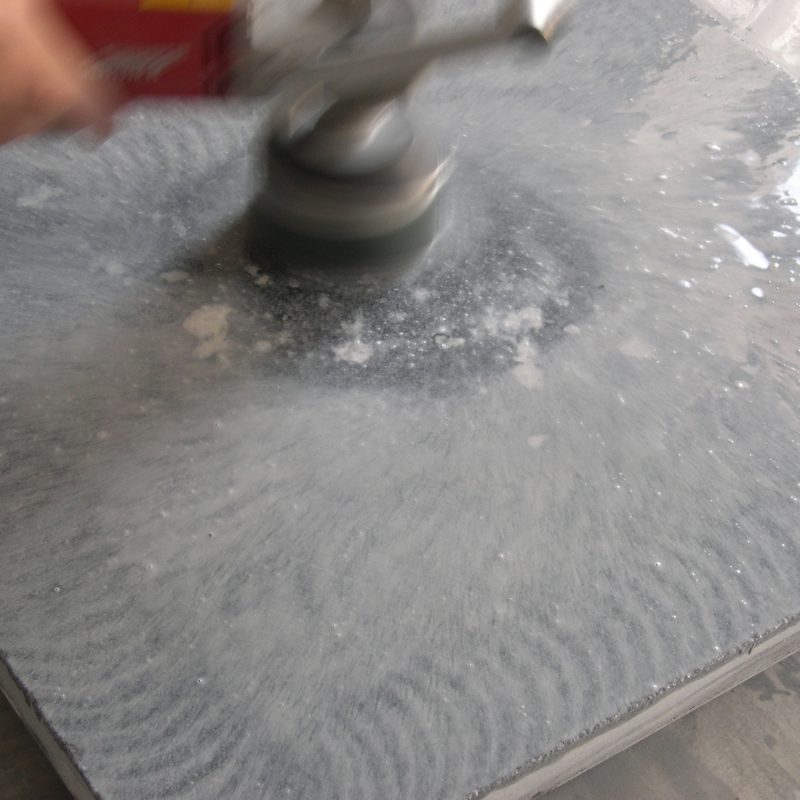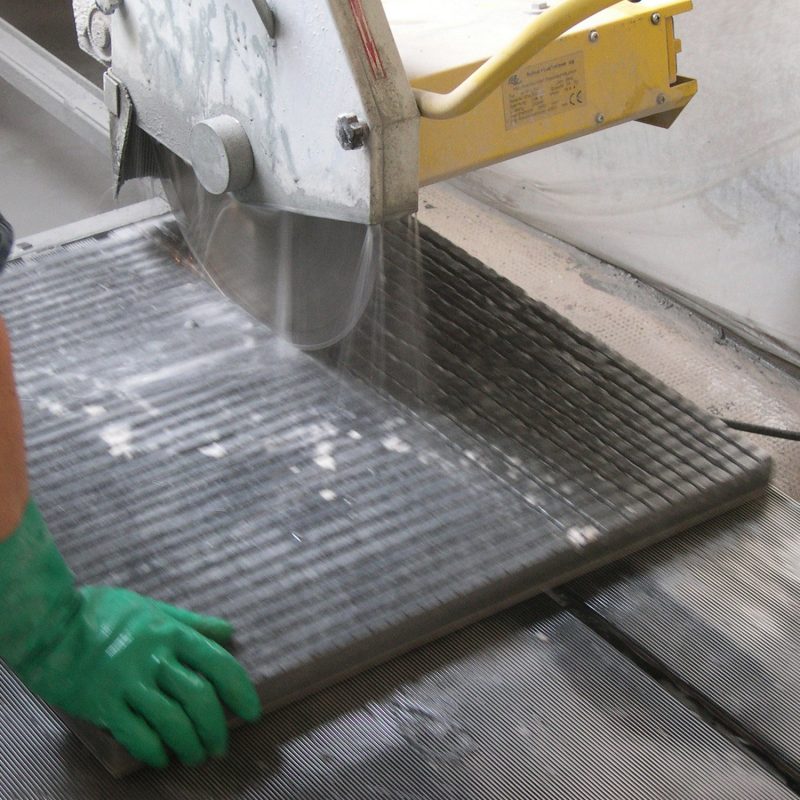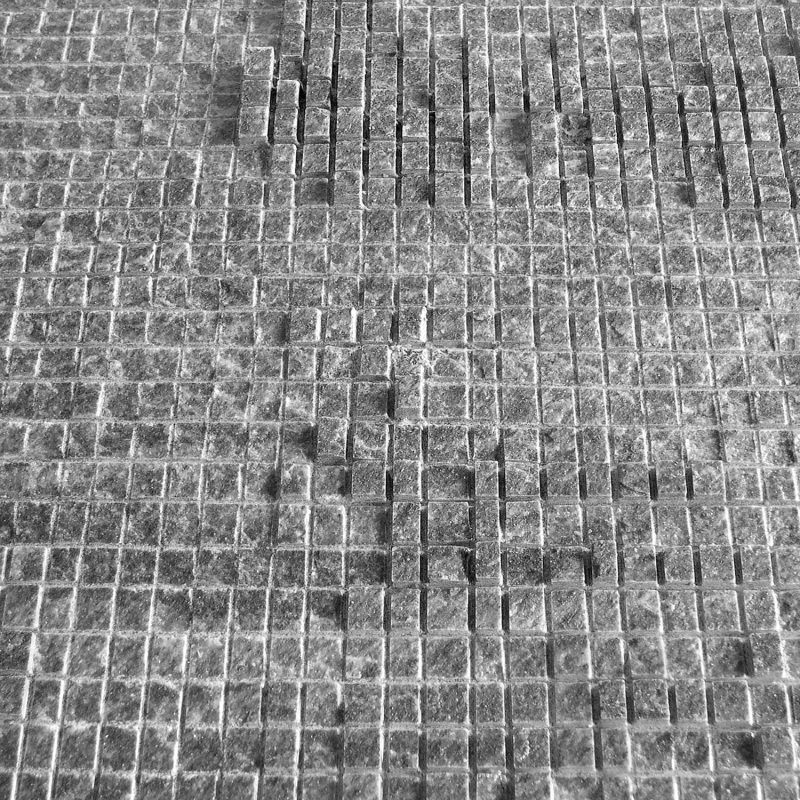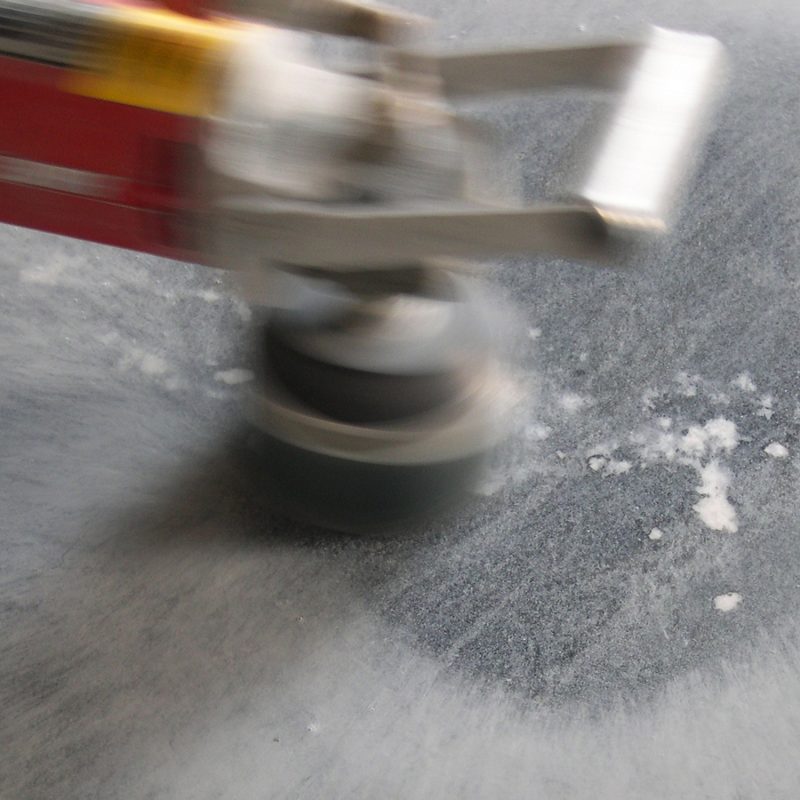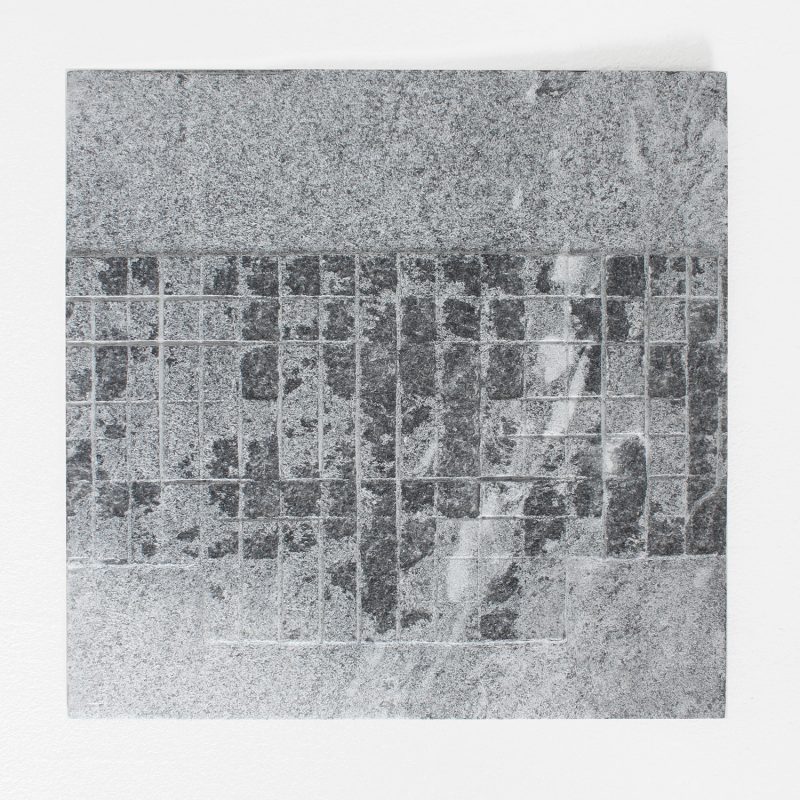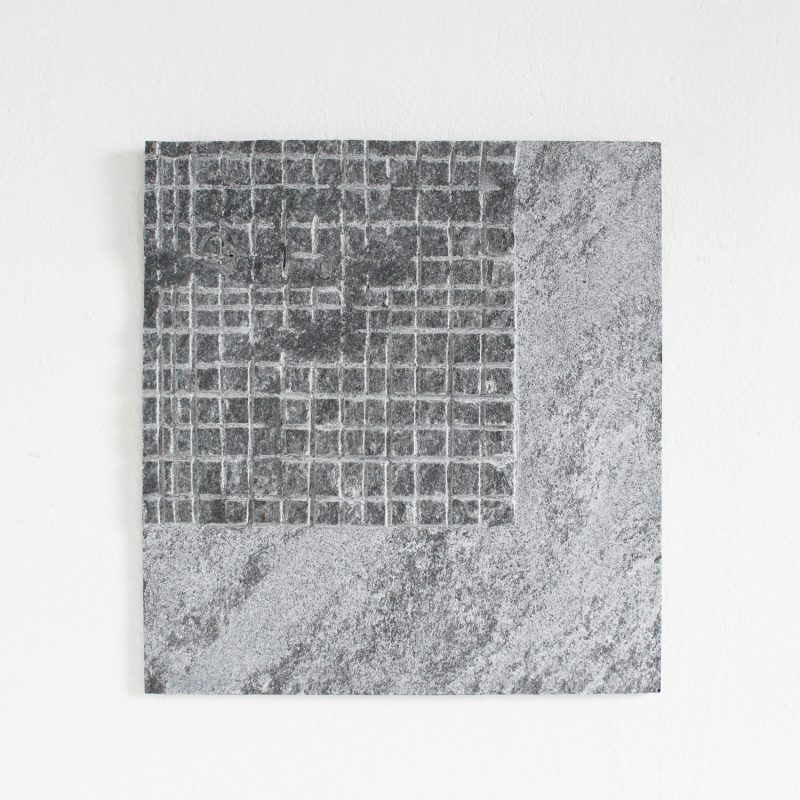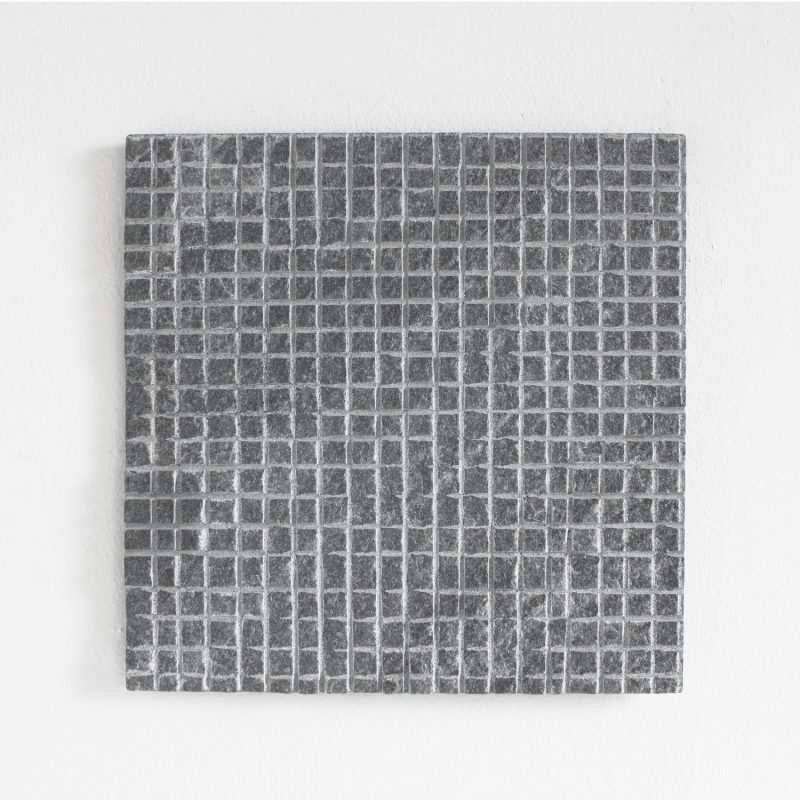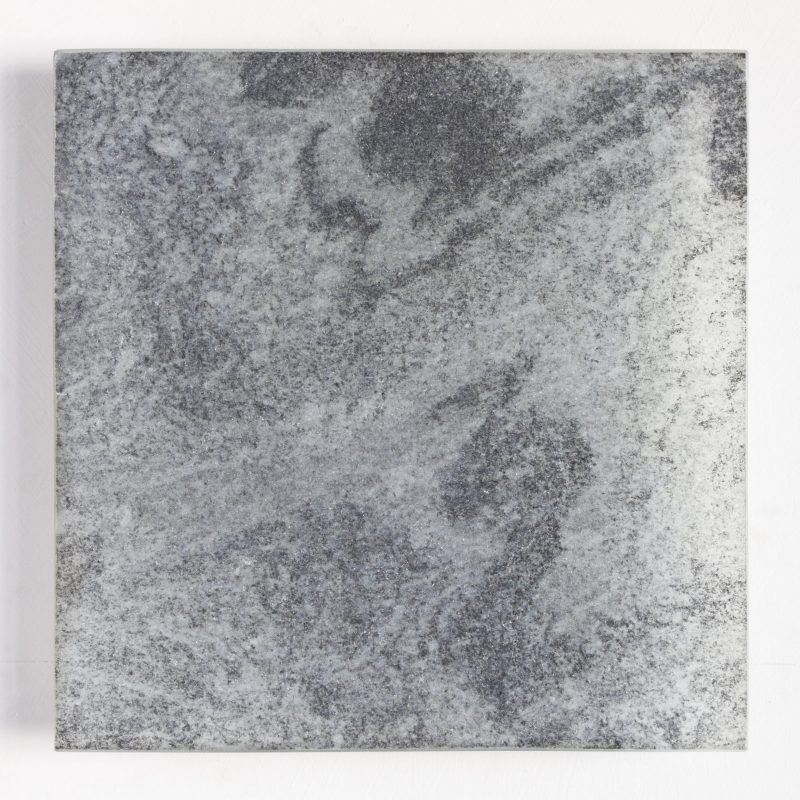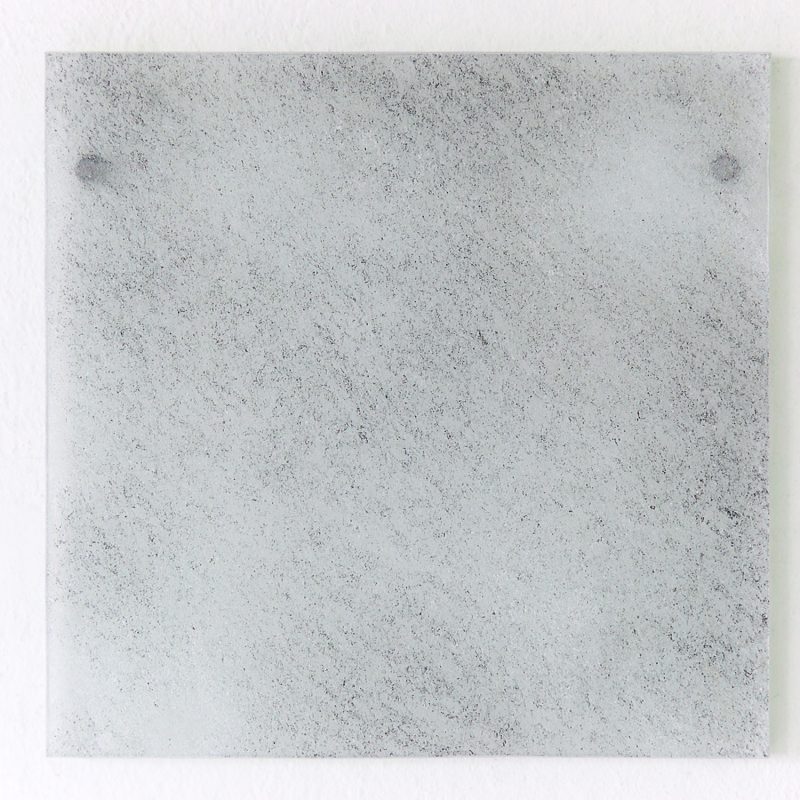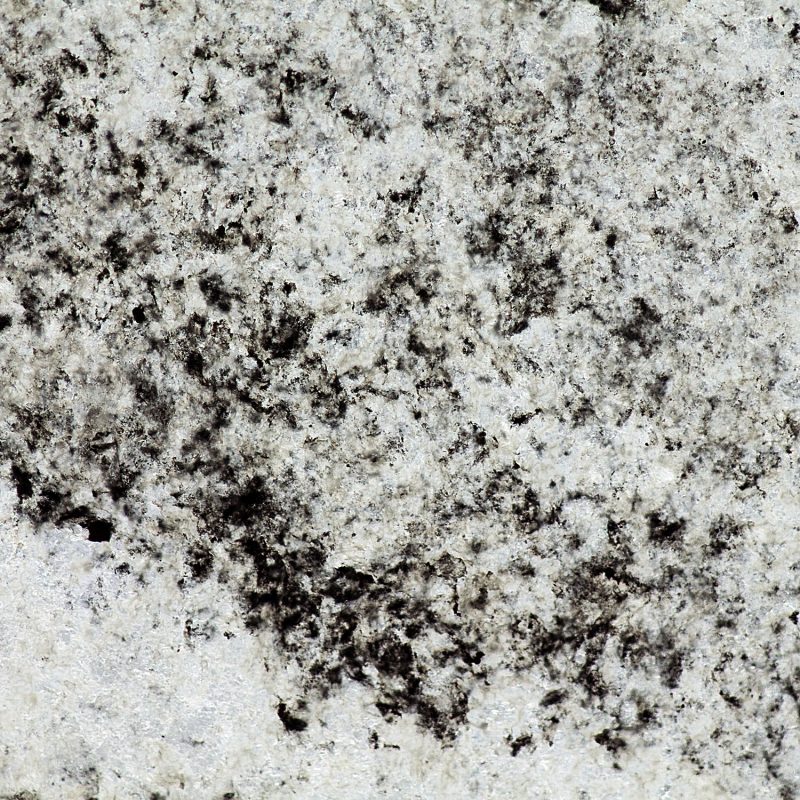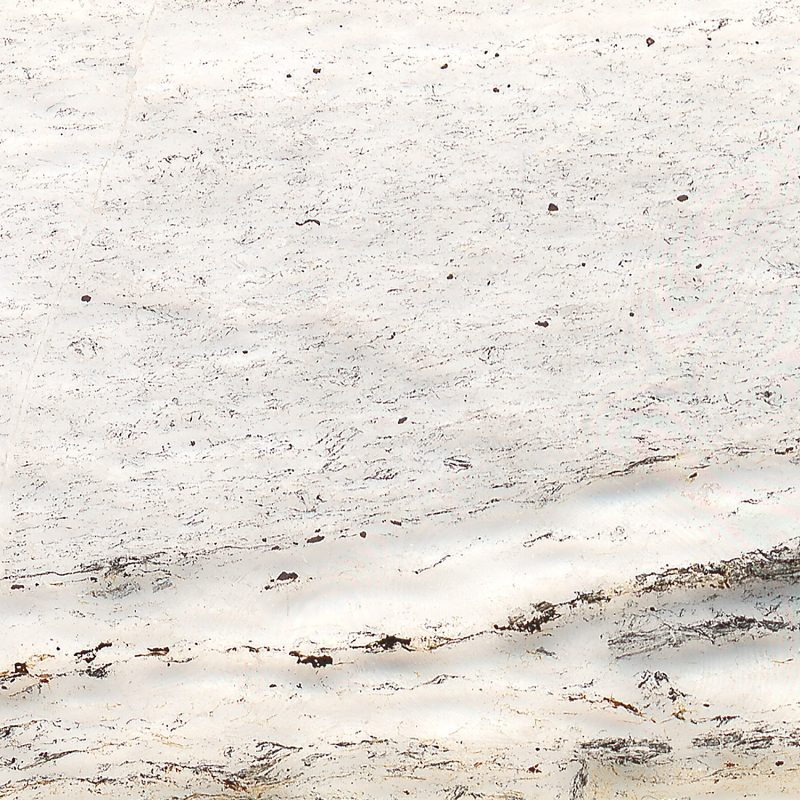Thin ground sections
Thin ground sections document minimal stone layer thickness in relation to the carrier and to phenomena of light refraction on its surface. Minimally dosed grinding processes reduce the layer thickness to almost zero. During grinding, various color tone differences, comparable to pastel drawing, are achieved. Thereby the stone constantly loses density and materiality. It erodes from a visibly and palpably compact raw material to a nearly transparent residual information.
After two decades of oscillating between observation and operation: natural stone is a fragile test stone. The examination shows: as soon as the stone loses culturally and historically determined criteria of unbreakable solidity through forced removal, general interest in its immanent stability and credibility dwindles, but from the artistic point of view it gains such qualitatively exposed qualities as imaginative projection ability and sensitive detectability. This is a first path to phenomenological analysis.

